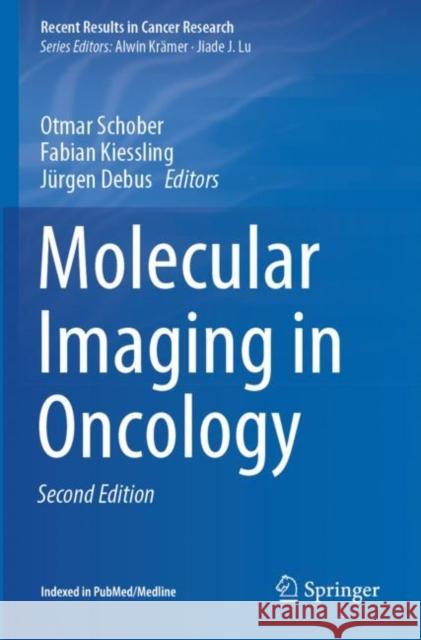Molecular Imaging in Oncology » książka
topmenu
Molecular Imaging in Oncology
ISBN-13: 9783030426200 / Angielski / Miękka / 2021 / 918 str.
Molecular Imaging in Oncology
ISBN-13: 9783030426200 / Angielski / Miękka / 2021 / 918 str.
cena 441,75
(netto: 420,71 VAT: 5%)
Najniższa cena z 30 dni: 424,07
(netto: 420,71 VAT: 5%)
Najniższa cena z 30 dni: 424,07
Termin realizacji zamówienia:
ok. 22 dni roboczych
Dostawa w 2026 r.
ok. 22 dni roboczych
Dostawa w 2026 r.
Darmowa dostawa!
Kategorie BISAC:
Wydawca:
Springer
Seria wydawnicza:
Język:
Angielski
ISBN-13:
9783030426200
Rok wydania:
2021
Wydanie:
2020
Numer serii:
000019897
Ilość stron:
918
Oprawa:
Miękka
Wolumenów:
01











